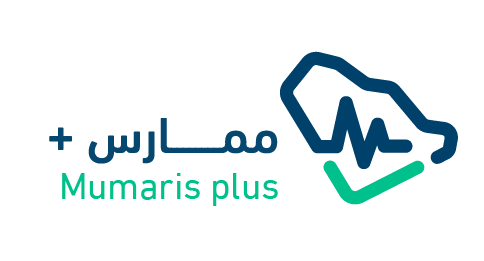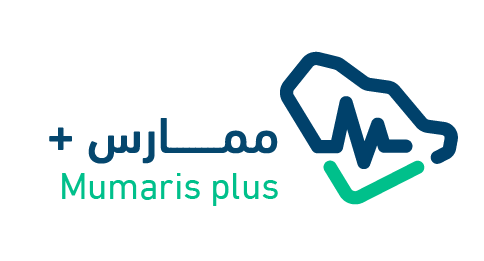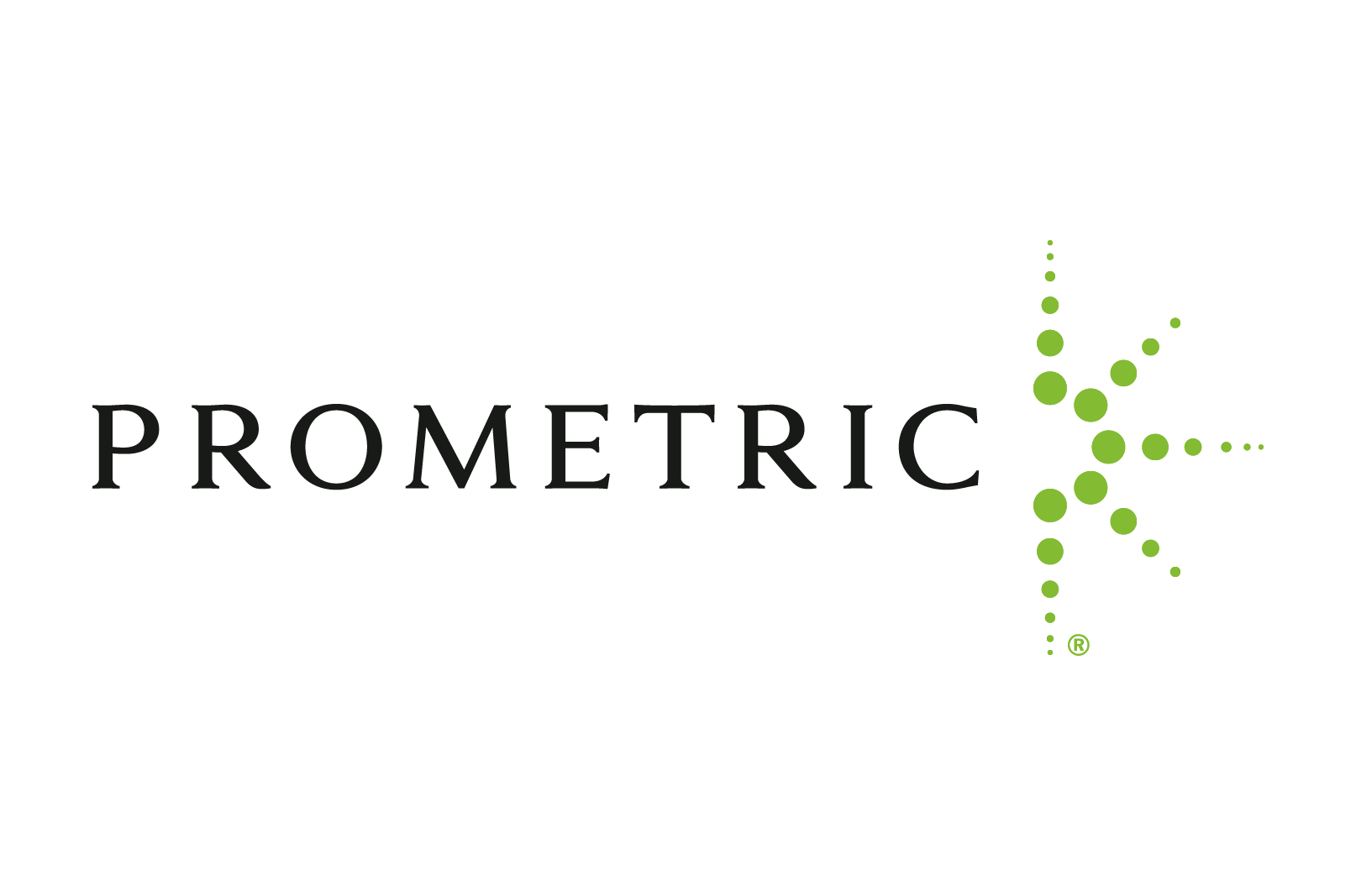Help us develop our services
How satisfied are you with the services provided on the portal of the Saudi Commission for Health Specialties?
About Mumaris Plus
Mumaris Plus is the unified portal for the services of the Saudi Commission for Health Specialties (SCFHS) for health practitioners in the Kingdom of Saudi Arabia. Through the Mumaris Plus portal,
practitioners can apply for all of the following services: You can apply and view the requirements and fees by clicking on the service

Professional Classification and Registration Requirements
The SCFHS has set several criteria in which accuracy and objectivity in evaluating the previous(training) and subsequent(experience)professional experience were considered, for obtaining certificates and vocational training, and for professionally evaluating the capabilities of their holders and classifying them accordingly
would you like to receive help accessing professional classification and registration requirements?
Specializations Description
It is a brief indicative description that helps in defining the minimum requirements and basic competencies required for the purposes of professional classification and registration in order to clarify SCFHS's services to all beneficiary categories.
Specialization Description Cards will be reviewed periodically to ensure that they are updated according to global and local changes in the health field, and we are pleased to receive the contributions of specialists in this review through submitting feedback or participating in the periodic review workshops through this link
* Subject to terms and conditions
A specialty concerned with surgical treatment of orofacial and maxillomandibular diseases and injuries that affect the physiological and aesthetic aspects.
Theoretical, practical, and procedural knowledge of the following:
- Cases and deformities of oral and maxillofacial areas.
- Symptoms of systemic disease in the oral and maxillofacial areas.
- Oral and maxillofacial infections.
- Oral and maxillofacial tumors.
- Temporomandibular joint disorders.
- Masticatory system disorders.
- Oral and maxillofacial injuries.
- Orthognathic surgery.
- Reconstructive surgery.
- Plastic surgery.
- Orofacial pain.
- General anesthesia, analgesia and anesthesia techniques.
- Advanced CPR.
- Medical emergency cases.
- Acquaintance of risks associated with maxillofacial surgery.
- Pharmacology related to the specialty.
- Dental x-ray and digital imaging related to the specialty.
Obtaining, after bachelor of dentistry, a qualification or a clinical training program specialized for physicians that is not less than 24 months. It should also fulfill the minimum acceptable limit of practicing the specialty according to the standards and regulations of the commission at the time of submitting the professional registration application.
A specialty concerned with diagnosis and performing surgical and non-surgical treatment for oral and dental diseases.
Theoretical, practical, and procedural knowledge of the following:
a) Pathological disorders that involve oral soft and hard tissues.
b) Odontogenic and other oral infections.
c) Oral and dental alveolar tissue diseases.
d) Orofacial pain.
e) Dental alveolar injuries including soft tissue injury.
f) Analgesia and anesthesia techniques.
g) Dental, oral and dental alveolar tissues surgical procedures.
h) Management of emergency cases related to the specialty.
i) Acquaintance of pharmacotherapy.
j) Dental x-ray and digital imaging related to the specialty.
Obtaining, after bachelor of dentistry, a qualification or a clinical training program specialized for physicians that is not less than 24 months. It should also fulfill the minimum acceptable limit of practicing the specialty according to the standards and regulations of the commission at the time of submitting the professional registration application.
A specialty concerned with diagnosis and rectification of malocclusion and growing or fully grown orthodontic skeletal deformities.
Theoretical, practical, and procedural knowledge of the following:
- Knowledge of biomechanics, materials science and properties.
- Knowhow of speech diseases and their diagnosis.
- Acquaintance of growth and development physiology.
- Growth assessment using clinical and radiological technologies.
- Dentofacial Growth and deformities.
- Dentoskeletal variation.
- Plastic surgical procedures.
- Dentofacial rectification
- Congenital and functional malocclusion.
- Orthodontic treatment stages.
- Temporomandibular joint disorders.
- Fixed and removable devices.
- Mutual relationship between gingiva and orthodontics.
- Devices design and biomechanics.
- Dental x-ray and digital imaging related to the specialty.
Obtaining, after bachelor of dentistry, a qualification or a clinical training program specialized for physicians that is not less than 24 months. It should also fulfill the minimum acceptable limit of practicing the specialty according to the standards and regulations of the commission at the time of submitting the professional registration application.
A specialty concerned with using an advanced technology for general and local anesthesia to relieve pain and facilitate dental operations using pharmacological and non-pharmacological alternatives.
Theoretical, practical, and procedural knowledge of the following:
- Scientific basis of dental anesthesia (spinal and general anesthesia).
- Choose the appropriate procedures for each patient.
- Preanesthetic assessment.
- Patient assessment technologies.
- Technologies used in dental anesthesia (local, spinal and general anesthesia).
- Multiple cases of altered conscious level that are associated to general and spinal anesthesia.
- Risks of different used techniques.
- Knowledge of clinical/ surgical preparation for different techniques.
- Used pharmaceutical prescriptions and their side effects.
- Treatment of acute medical emergency cases.
- Equipment used for patient monitoring.
- Criteria of resuscitation and discharge.
Obtaining, after bachelor of dentistry, a qualification or a clinical training program specialized for physicians that is not less than 24 months. It should also fulfill the minimum acceptable limit of practicing the specialty according to the standards and regulations of the commission at the time of submitting the professional registration application.
A specialty concerned with diagnosis and cure of diseases and injuries of the pulp, roots and endodontic tissues using advanced technologies.
Theoretical, practical, and procedural knowledge of the following:
- Inflammatory and immune processes in oral health and diseases.
- Pathophysiology related to pulp/ endodontic tissues.
- Management of pulp/ endodontic cases in primary and permanent teeth.
- Facial and oral pains.
- Dental injuries and the related complications.
- Live endodontic cure.
- Root canals preparation.
- Endodontic emergency cases.
- Surgical and non-surgical endodontic procedures.
- Acquaintance of endodontic retreatment.
- Endodontic technologies.
- Devices and materials concerned with endodontic cure.
- Radiological/ digital imaging.
- Microscopic technology.
- Regenerative treatment of endodontics.
- Gingival complications related to endodontics.
Obtaining, after bachelor of dentistry, a qualification or a clinical training program specialized for physicians that is not less than 24 months. It should also fulfill the minimum acceptable limit of practicing the specialty according to the standards and regulations of the commission at the time of submitting the professional registration application.
A specialty concerned with the prevention and treatment of advanced dental caries.
Theoretical, practical, and procedural knowledge of the following:
- Etiology of dental caries and their prevention.
- Non-surgical and minor surgical treatment strategies of dental caries.
- Deep carious dental lesions.
- Acute and chronic dental caries.
- Direct and indirect dental repairs.
- Treatment of live root canal.
- Dental and facial plastic surgery.
- Conservative and non-conservative plastic repairs.
- Dental defects (hereditary and acquired).
- Tooth discoloration (hereditary and acquired).
- Loss of dental surfaces.
- Temporomandibular joint disorders.
- Dental injuries.
- Design and prepare dental prosthesis, crowns, bridges and dental implants.
- Occlusion and occlusion dysfunction.
- Relation between gingiva and repairs.
- Dentistry materials.
- Digital dentistry.
- Dental x-ray and digital imaging related to the specialty.
Obtaining, after bachelor of dentistry, a qualification or a clinical training program specialized for physicians that is not less than 24 months. It should also fulfill the minimum acceptable limit of practicing the specialty according to the standards and regulations of the commission at the time of submitting the professional registration application.
A specialty concerned with diagnosis and treatment of periodontic tissues and their alternatives through advanced and surgical technologies to maintain dental health and functions.
Theoretical, practical, and procedural knowledge of the following:
- Surgical procedures and healing.
- Tissue repair and renewal.
- Gingival diseases and cases.
- External and pathological factors that cause gingival diseases.
- Periodontal and mucosal gingival surgery and dental implants.
- Preventive and/ or interceptive treatment.
- Surgical and non-surgical treatment of gingival diseases.
- Relation between gingival state and dental health.
- Gingival treatment along with dental rectification.
- Gingival treatment along with dental pulp lesions.
- Biotic materials of dental implants and biological engineering.
- Dental implant surgery.
- Treatment of gingiva that surround dental implants.
- Maintain dental implants.
- Emergency treatment of periodontic tissues.
Obtaining, after bachelor of dentistry, a qualification or a clinical training program specialized for physicians that is not less than 24 months. It should also fulfill the minimum acceptable limit of practicing the specialty according to the standards and regulations of the commission at the time of submitting the professional registration application.
A specialty concerned with the rehabilitation of the functions of the dental, oral, maxillomandibular and surrounding tissues as a result of their loss or damage by using biocompatible alternatives.
Theoretical, practical, and procedural knowledge of the following:
- Articulation issues and their rectification.
- Swallowing issues and their rectification.
- Dental and facial plastic surgery.
- Oral and facial pains and temporomandibular joint disorders.
- Occlusion and occlusion dysfunction.
- Dental, facial and maxillomandibular rehabilitation.
- Geriatric considerations in compensatory care.
- Design dental, facial and maxillomandibular prosthesis.
- Removable dental prosthesis.
- Fixed dental prosthesis.
- Dental implants.
- Facial and maxillomandibular prosthesis.
- Sleep disorders and their rectification.
- Digital technology in dentistry.
- X-ray and digital diagnostic radiology.
Obtaining, after bachelor of dentistry, a qualification or a clinical training program specialized for physicians that is not less than 24 months. It should also fulfill the minimum acceptable limit of practicing the specialty according to the standards and regulations of the commission at the time of submitting the professional registration application.
A specialty concerned with providing primary care for the mouth and teeth through simple preventive and therapeutic procedures.
Theoretical, practical, and procedural knowledge of the following:
Diagnosis and therapeutic planning:
- Reding medical data and diagnostic images.
- Making a diagnostic and therapeutic and/ or referral plan.
- Management of emergency dental cases.
- Knowledge of the effect of systemic diseases on the oral and dental health.
Maintenance of oral and dental health:
- Assessment of full oral healthcare results.
- Prevention of oral and dental diseases in different age groups.
- Diagnosis and treatment of simple oral and dental diseases.
- Treatment of oral and dental pains.
- Treatment and prevention of mild gingival disorders.
- Treatment of root and root canal diseases.
- Performing extraction of primary teeth.
- Applying full infection control.
- Fighting dental caries.
- Performing preventive measures and odontoplerosis.
- Replacement of lost primary teeth.
- Management of emergency dental pulp cases.
An approved bachelor of five years duration, along with an internship year (12 months).
A specialty that uses molecular tracking tools (usually labelled with radioactive atoms) for diagnosis and treatment. Such tracking tools are usually used for producing images that provide for information about the organ function, in addition to the cell function on the molecular level (molecular imaging). The most common medical applications for nuclear medicine include early diagnosis of coronary heart disease, diagnosis of cancer, determining the disease stages and assessment of the effect of cancer treatment.
Theoretical, practical, and procedural knowledge of the following:
- All types of nuclear radiological imaging and correlating them to clinical aspects and understanding all the related sciences.
- Essential skills in the specialty including risk assessment for different age groups and cases.
- Making a differential diagnosis for each case and knowing its most appropriate radiological option
- Management of patients inside the imaging suite and how to manage urgent unexpected cases such as CPR and others.
- Writing medical reports in a clear understandable manner, so that the medical decision can be taken according to the same.
- Assessment of the patient’s need for radiology and contrasts and their methods of use and injection.
Obtaining, after Bachelor of Medicine and surgery, a qualification or a clinical training program specialized for physicians that is not less than 24 months. It should also fulfill the minimum acceptable limit of practicing the specialty according to the standards and regulations of the commission at the time of submitting the professional registration application.
Certificate Verification
The process of verifying the authenticity of certificates for all health practitioners holding certificates from outside the Kingdom of Saudi Arabia, by contacting the certificate-issuing body by DataFlow, the international and specialized company. This aims to found a safe health practice that is not flawed by any forgery or falsification or the like, which is considered to be one of the basic criteria for the accreditation of hospitals and health facilities by local and international bodies to have practitioners who are capable of practicing the health profession efficiently and in a safe manner
Continuing Professional Development
Continuing Professional Development enhances the concept of lifelong learning commitment and enabling the practitioner to be responsible for their professional and ethical development towards their career.
Calendar of professional development activities
Exams
Postgraduate Program Exams in SCFHS aim to assess the level of practitioners and develop them to ensure that they can practice their specialty efficiently and competently.

Mumaris e-Services
Rules and Regulations
Frequently Asked Questions
Check Frequently Asked Questions About Practitioner





